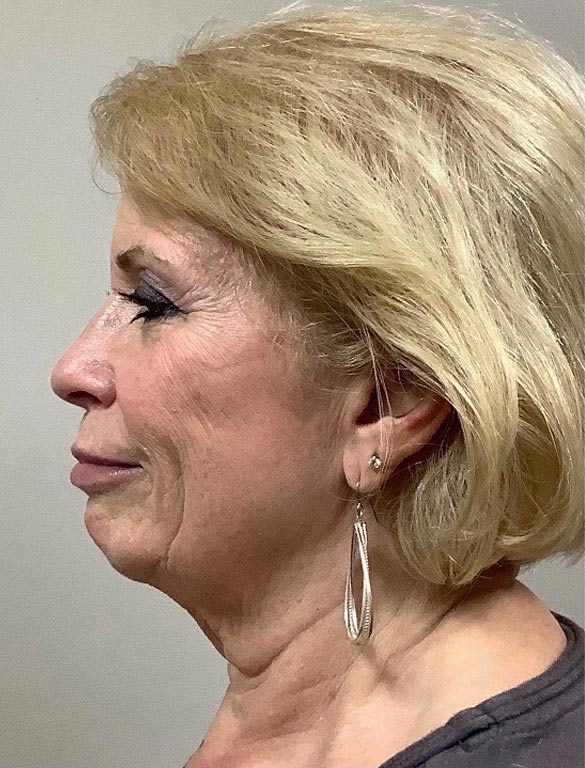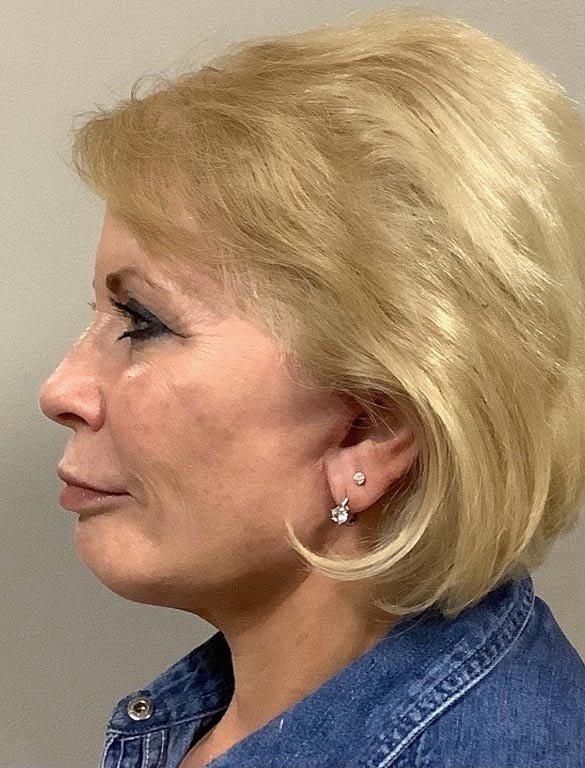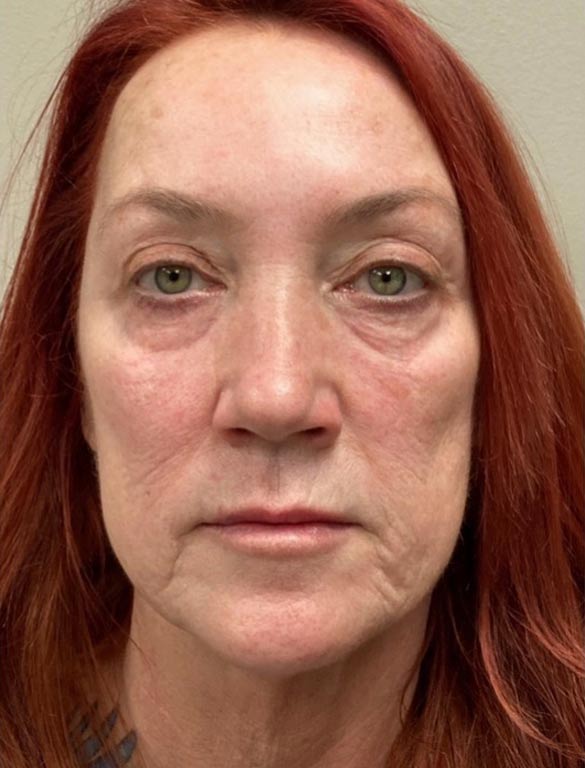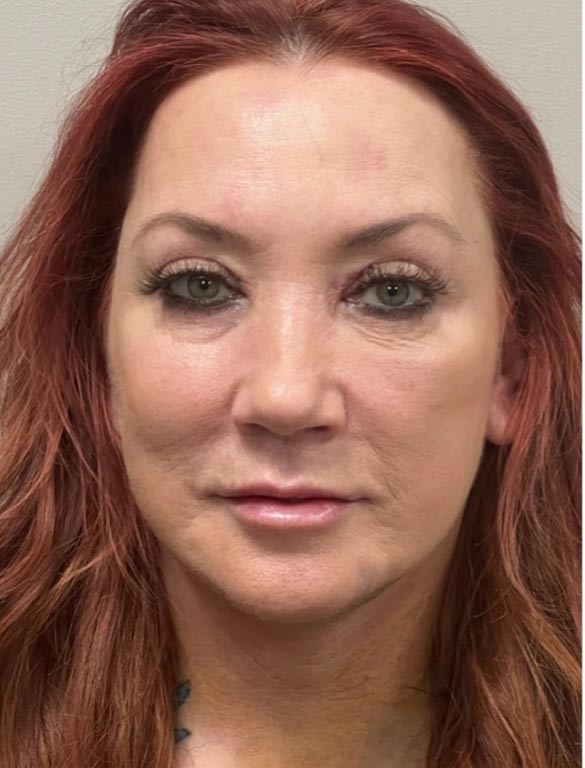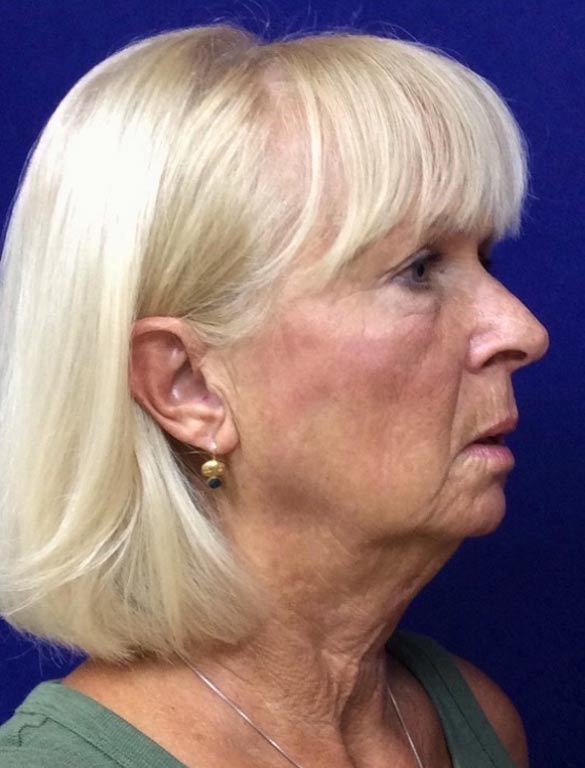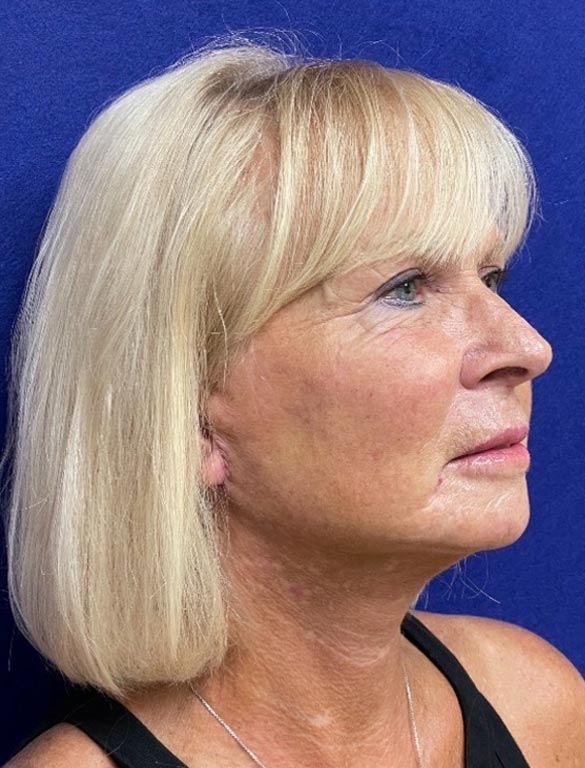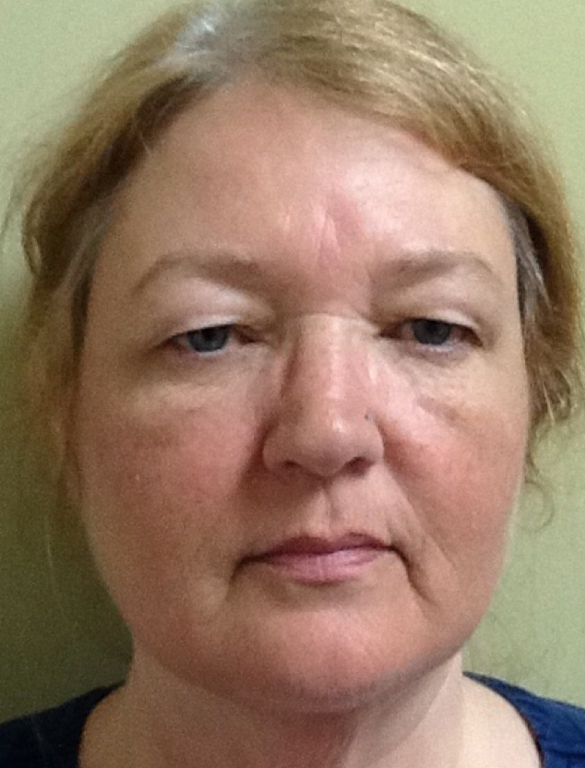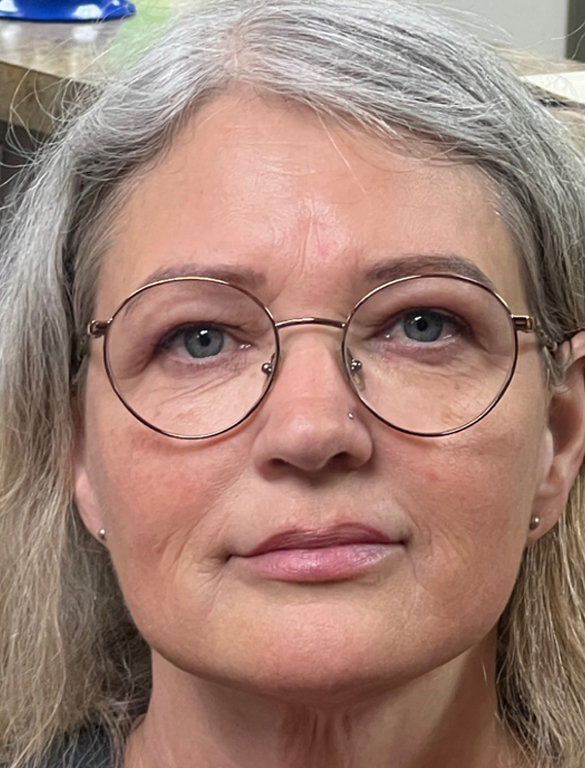Venous insufficiency is a common problem with patients that include both men and women of varying ages. Each person is affected differently by vein disease, with some people experiencing only mild symptoms and perhaps just a couple of visible veins, and others showing signs and symptoms of much more advanced stages that may include large, bulging veins and very noticeable swelling of the legs.
Regardless of what stage of vein disease you’re currently experiencing, it’s very important to recognize that if left untreated, your condition will get worse. You may think the appearance of some spider veins or one or two smaller varicose veins isn’t a big deal, and perhaps it isn’t currently, but it will continue to progress if you do not take the steps to slow down or reverse its development. Below, you will find a list of the classes of vein disease and the symptoms that accompany them.
Contents
Class 1
Class 1 vein disease is usually showcased in the form of spider veins. These smaller, dilated veins and capillaries occur in 40% of women and about 18% of men.
Class 2
Class 2vein disease is marked by the appearance of varicose veins, which are larger, more dilated superficial veins. Three quarters of people at this stage will have noticeable symptoms that interfere with their day to day.
Class 3
Class 3 cases are more advanced and usually include some swelling of the legs as the backflow in the venous system begins to interfere with the body’s ability to reabsorb fluid. This leads to swelling of the leg, or “leg edema,” and requires frequent elevation of the legs for relief.
Class 4
Class 4 vein diseases really affect the appearance of the skin as it becomes thinner and discoloration begins to appear. At this stage of vein disease, the skin becomes especially susceptible to injury and takes much longer to heal. Some patients will mistake this stage of vein disease for something else, such as a bruising disorder, cellulitis, or dermatitis.
Class 5 – 6
Class 5 – 6 vein disease is the most advanced stage of superficial vein disease. It’s often referred to as the “leg ulcers” stage, as venous ulcers will occur due to venous congestion that prevents blood flow and nutrition to the skin. Injuries to the skin will heal very slowly or not at all. Class 5 occurs when there are healed ulcers, while Class 6 vein disease means an unhealed, active leg ulcer.
See A Professional to Keep Your Veins Healthy
Vein disease is usually properly diagnosed by a professional surgeon or vein doctor who will examine your legs and use the appropriate tools to assess veins. If you’re experiencing symptoms of vein disease at any stage, we encourage you to schedule an appointment with us as soon as possible so we can help you prevent the condition from becoming worse.

